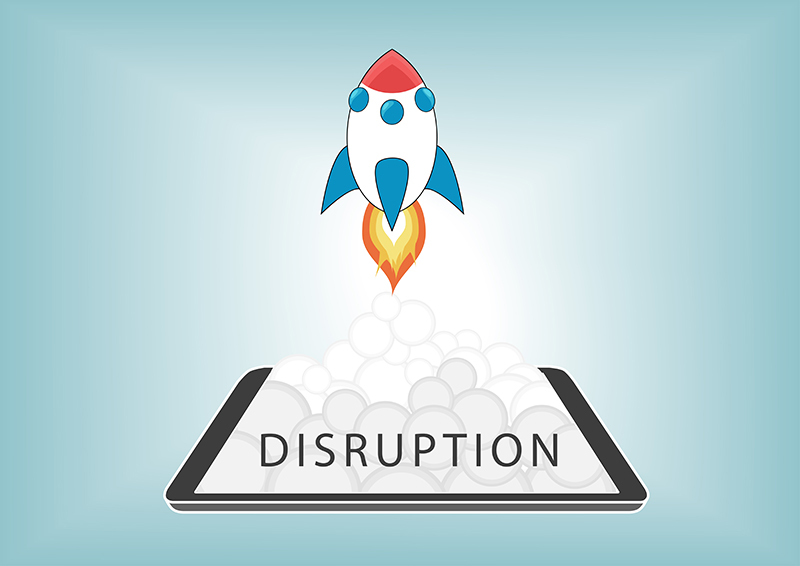For many businesses it is near impossible to fathom the possibility that in less than five years their organisation may not be relevant, especially when overall strategy is working and they are profitable. But any business that ignores digital transformation will more than likely end up experiencing just that.
It’s been widely estimated that at least three quarters of the Fortune 500 will have fallen by the wayside by 2020. With that in mind, even businesses that currently have strong market share, a growing market base and great products cannot afford to rest on their laurels.
There are countless examples of intelligent, well-run organisations that simply ignored the digital transformation to their detriment. For example, a former well-known movie rental chain, large retail bookstore outlets and film companies that used to be household names all ignored the digital revolution and are now nowhere to be seen.
>See also: How to overcome the barriers to digital transformation
Many of these organisations knew that major digital trends were occurring, but they were simply too risk averse to consider potentially cannibalising a profitable business with a new business model. The sad truth is that by the time a business has realised the need for change, it’ll probably be too late.
Disruption vs. innovation
There is a big difference between disruption and innovation. Disruption can lead to innovation, but innovation usually happens at the high-end and disruption always happens at the low-end.
Two of the most high-profile examples of this are Uber and Airbnb, which have gone from nothing to being household names in the last five years. Uber didn’t own a million cars; it had software that did something unique and made everyone a driver. Meanwhile, in just two years of business, Airbnb now has more “hotel” rooms than the world’s top ten hotel chains combined.
Another example of the dramatic digital swing is how quickly companies are reaching the magical 50 million users mark. Everybody was impressed when it took Facebook just under four years, then WhatsApp blew that out the water by reaching the same mark in 15 months, before Angry Birds dramatically usurped both by amassing 50 million users in just 15 days.
We live in an ‘I want it all now’ world, where 20% of any consumable can be bought on Amazon and delivered in four hours – even on Sundays, and soon to be with a drone. In the not too distant future, it will be possible to produce body parts on the scene of an accident, in real-time, within a moment’s notice. This is digital disruption.
Here are five foundational elements to ensuring companies flourish in this new digital future.
1. Design new experiences and create new outcomes
It’s all about the customer experience and producing new business outcomes.
2. Develop a culture of digital DNA
It’s vital to ensure the entire organisation is moving in the same direction. Even though there may be a few stumbling blocks along the way, adjust, but continue to stay the course and, as tough as it may be, get the executive team on board too.
3. Apply new business models and technology to existing products and services
The old way of doing business no longer works. It’s now about adjusting business model to effectively compete and use the technology that is consistently being introduced and improved.
4. Move from time-based to data-driven decisions
There is also an incredible amount of digital information available, so take advantage of it. Most companies wait until it’s too late to try to shift but smart businesses will be learning every day.
5. Co-create and co-innovate with partners
Leveraging partners’ strengths is extremely valuable, while innovating based on collective intelligence and unique experiences will help build top-notch eco-systems to make it easy for customers and partners to work together.
>See also: How to navigate digital disruption without jettisoning legacy investments
Although going digital sounds easy, it’s really not. The eco-system is what makes or breaks companies today. It’s about everyone working together to get better at what they do.
Because of digital disruption, this type of eco-system is helping to bring to market solutions that only a few years ago would have sounded impossible. In this new digital age, the possibilities are limitless.
Successful organisations have to get out there, be in front of the digital disruption and be willing to make those changes.
Sourced from Paul Pluschkell, EVP strategy and cloud services at GENBAND and founder of Kandy







